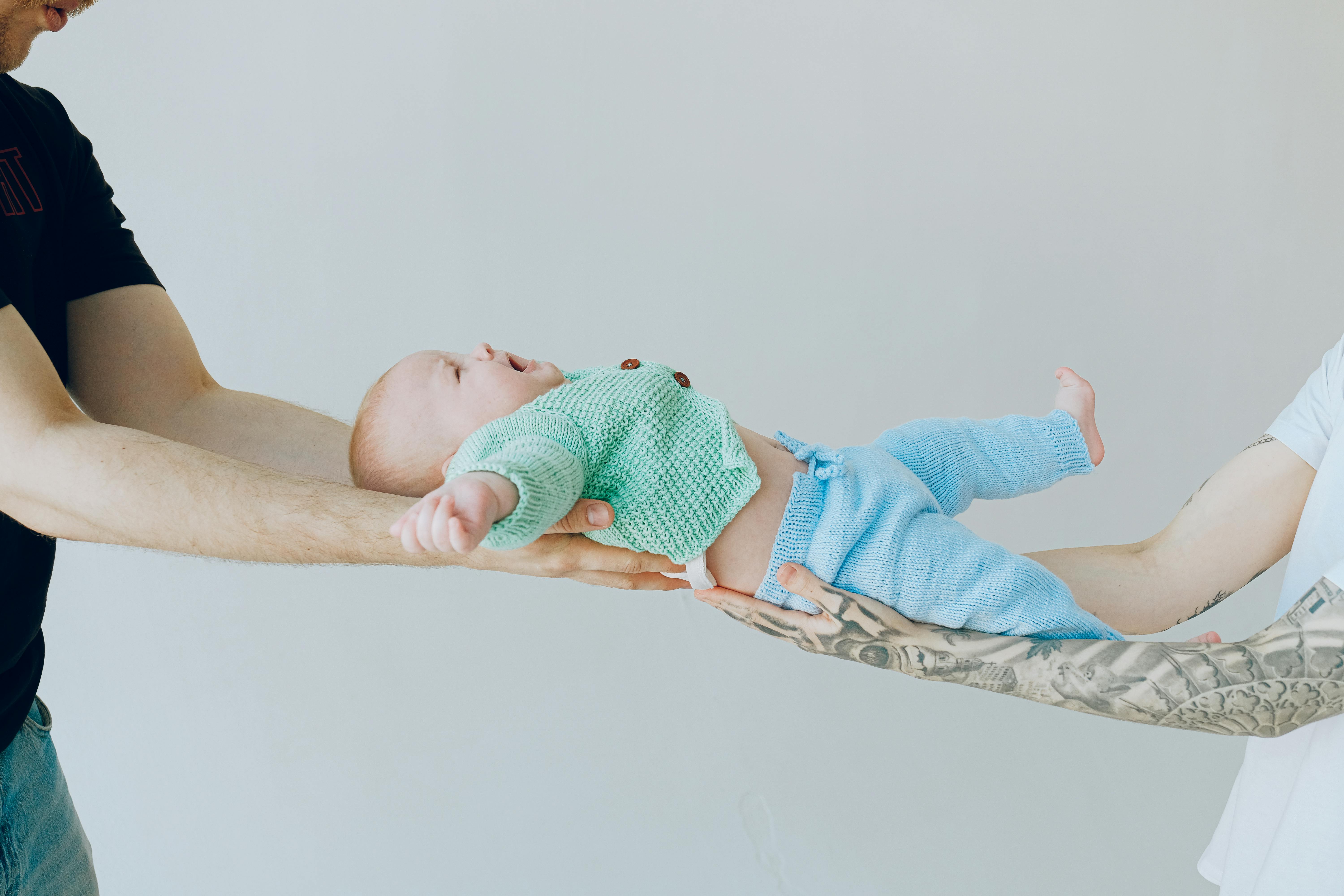Table of Contents
Safety procedures are essential for babysitters to ensure the well-being of the children they are caring for. By following these procedures, babysitters can prevent accidents and respond effectively in case of emergencies. Additionally, parents are more likely to trust and hire babysitters who prioritize safety. In this article, we will discuss the importance of safety procedures for babysitters and provide tips on how to implement them effectively.
Creating a Safe Environment
One of the most important aspects of babysitting is creating a safe environment for the children in your care. This includes childproofing the home, removing potential hazards, and supervising the children at all times. Babysitters should conduct a thorough safety check upon arrival, ensuring that all doors and windows are locked, sharp objects are out of reach, and electrical outlets are covered. It is also important to familiarize yourself with the layout of the home and know where to find essential items such as first aid kits and emergency contacts.
On-Demand Childcare in Your Neighborhood
Book a Sitter
Emergency Preparedness
No matter how careful you are, emergencies can still happen when babysitting. Babysitters should be prepared to handle a variety of emergency situations, including injuries, illnesses, and natural disasters. It is important to have a clear understanding of the emergency procedures in place and know how to respond quickly and effectively. Babysitters should also be trained in CPR and first aid to provide immediate assistance if needed. Prioritize child safety and have a plan in place for emergencies to ensure the well-being of the children in your care.

Communication with Parents
Communication with parents is key to ensuring the safety and well-being of the children while babysitting. Babysitters should establish open and honest communication with parents prior to the job, discussing any specific instructions, allergies, medications, and emergency contact information. It is important to keep parents updated throughout the babysitting job, sharing any concerns, issues, or incidents that may arise. By maintaining clear and transparent communication with parents, babysitters can ensure that everyone is on the same page and that the children are well-cared for.
Professional Development
Babysitting is more than just watching children – it requires a certain level of skill, knowledge, and professionalism. Babysitters should continuously seek opportunities for professional development to enhance their babysitting skills and knowledge. This may include taking childcare courses, obtaining certifications in CPR and first aid, and gaining experience with different age groups and special needs. By investing in professional development, babysitters can improve their ability to provide quality care and ensure the safety of the children they are babysitting.
In conclusion, safety procedures are essential for babysitters to ensure the well-being of the children in their care. By creating a safe environment, being prepared for emergencies, communicating effectively with parents, and investing in professional development, babysitters can provide quality care and peace of mind to parents. Prioritizing safety not only protects the children but also enhances the reputation and professionalism of the babysitter.
Remember, safety should always come first when babysitting.










